We may earn money or products from the companies mentioned in this post. This means if you click on the link and purchase the item, I will receive a small commission at no extra cost to you … you’re just helping re-supply our family’s travel fund.
You look up and the skyline is not steel but stone. Towers, keeps, and curtain walls grip cliffs, guard rivers, and turn hills into crowns. Medieval castles still hold their ground and their stories, from working palaces to ruins made patient by wind. Travel with good shoes and a slow eye for arrow slits, soot on rafters, and steps worn by thousands. Go in spring or fall for clear light and fewer lines. Let guides talk, then wander alone and listen to swallows trace the air.
1. Bran Castle, Romania
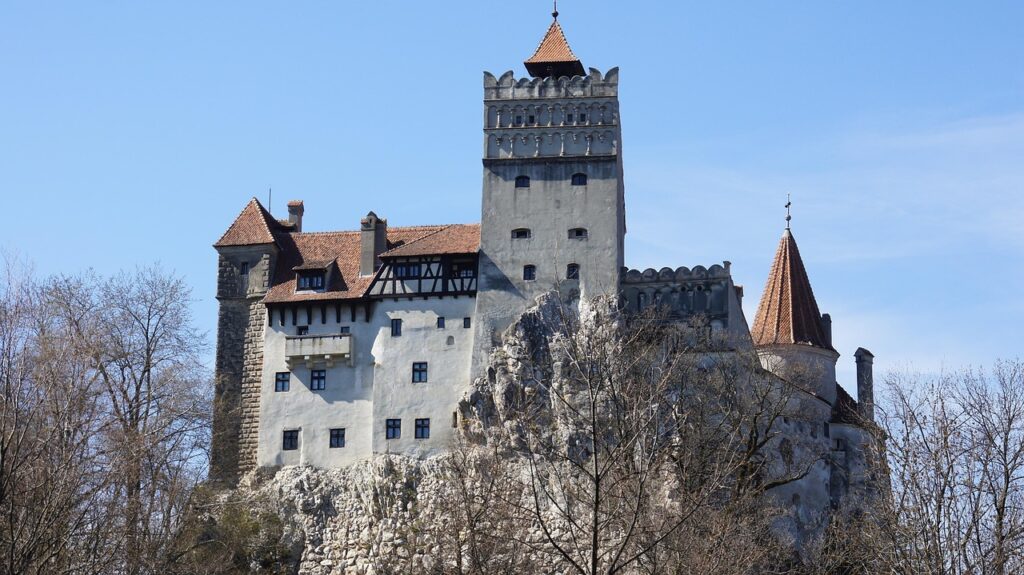
Raised on a rocky spur in 1388, Bran Castle watches the pass between Transylvania and Wallachia like a stone sentinel. Vlad the Impaler never ruled here, yet the keep still fuels the vampire myth before shifting to real history in narrow stairs, timber galleries, and rooms that read as lived in. After 1918, Queen Marie restored the fortress and made it a favorite home. Arrive early, climb to the battlements, and feel wind lift from the gorge while the past settles close.
2. Bojnice Castle, Slovakia
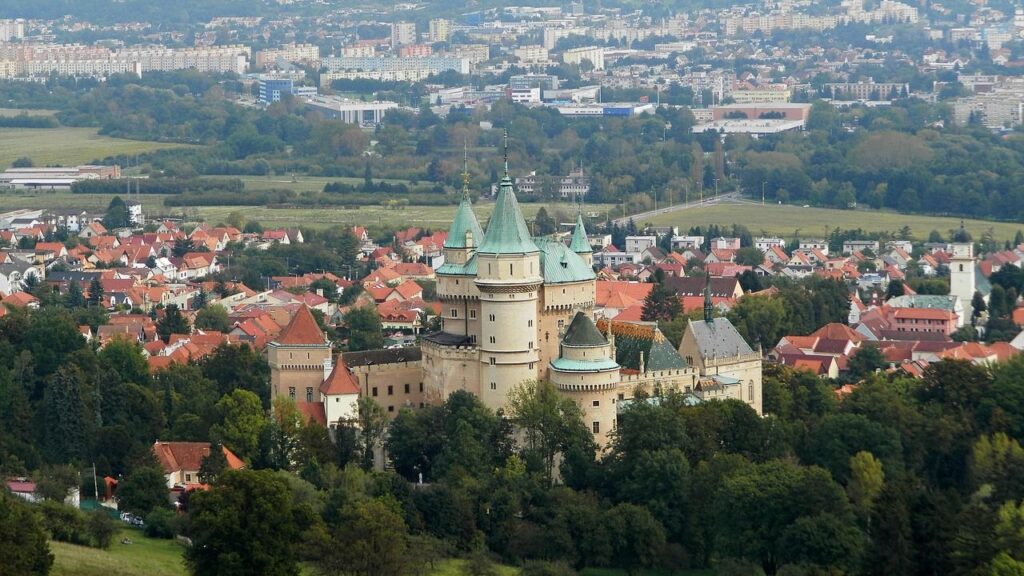
First recorded in 1113 as a timber fort, Bojnice matured into stone and story under a parade of noble families. Beneath the hill, a cave and lakes keep the air cool; outside, a six century lime tree shades lawns where King Matthias is said to have hosted long summer dinners. Inside, you move from Gothic to Renaissance to romantic rooms framed by portraits and carved doors. Stay for dusk when turrets glow, and the mirror of the moat calms to glass.
3. Predjama Castle, Slovenia
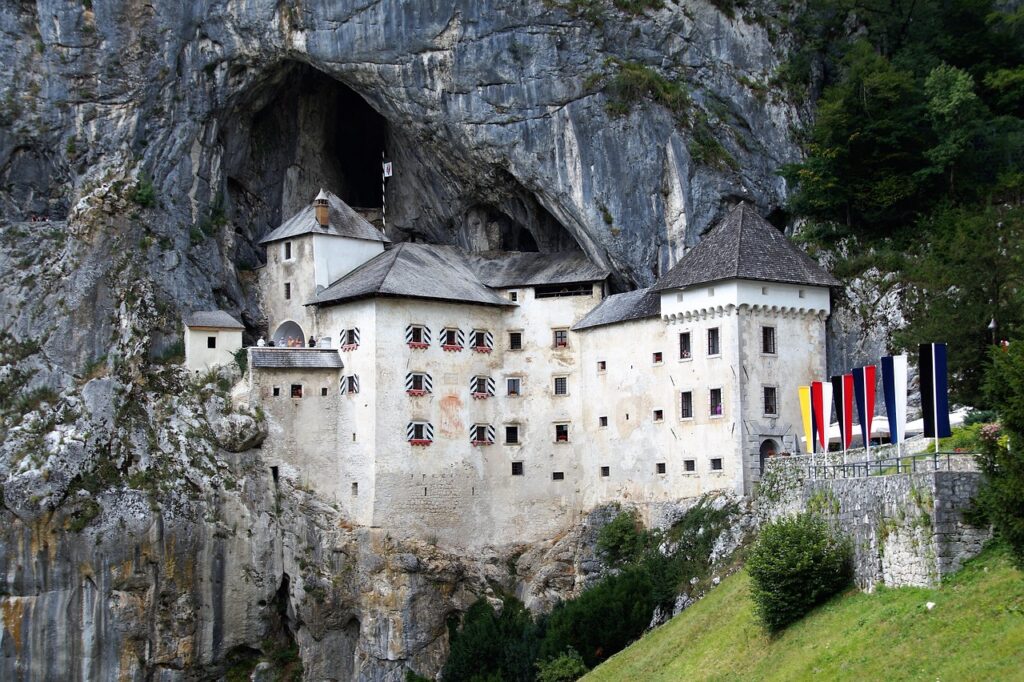
Predjama looks impossible, a fortress fused to a 400 foot cliff and the mouth of a cave system that tunnels behind the walls. Legend recalls the defiant knight Erazem, who outlasted a siege by smuggling supplies through the rock until a betrayal timed a cannon shot at an exposed latrine. You trace damp passages, hear water working in the dark, then step into bright Karst light. Bring a layer for the cave chill and keep your footing where stone sweats.
4. Windsor Castle, England

Built by William the Conqueror in the 11th century, Windsor remains the oldest and largest occupied castle on earth. The Round Tower anchors wards that evolved from fortress to palace, while St. George’s Chapel holds centuries of royal ceremony. Walk the Long Walk for scale, then study masonry that once guarded London’s western approach. Watch the guard mount even in drizzle, and let stained glass warm as sun slips through. Continuity here lives in small, steady moments.
5. Brunnenburg Castle, Italy
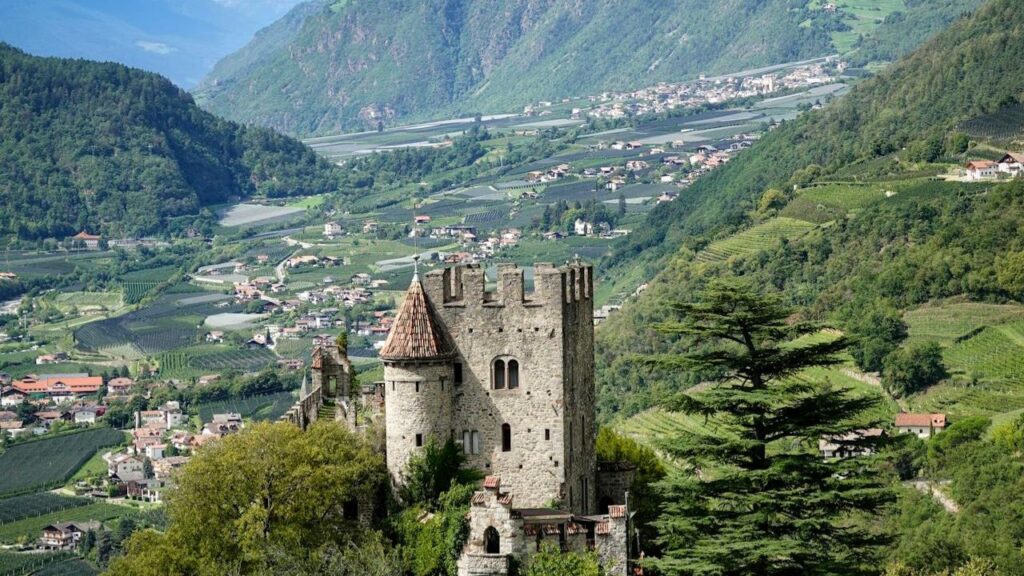
Above Merano, Brunnenburg, also called Castle Fontana, takes its name from a nearby spring and its stance from 13th century walls. Restored in the last century, it hosted the poet Ezra Pound in the 1950s; today his daughter, Mary de Rachewiltz, stewards a working farm and an agricultural museum within the grounds. You wander terraces of vines and chestnut, pass old presses and tools still used at harvest, and look out to the Alps. It feels lived in, not staged.
6. Himeji Castle, Japan

Himeji’s pale walls earn the name White Heron, a wooden keep and maze of baileys that seem to take flight above town. Founded in the 1400s and expanded later, it is one of only twelve original castles left in Japan. More than eighty buildings link through clever turns and gates that once spun invaders in circles. Come in spring when cherry trees soften the moats, or in winter for crisp air that makes the layered roofs read like clean brushstrokes.
7. Trakai Island Castle, Lithuania
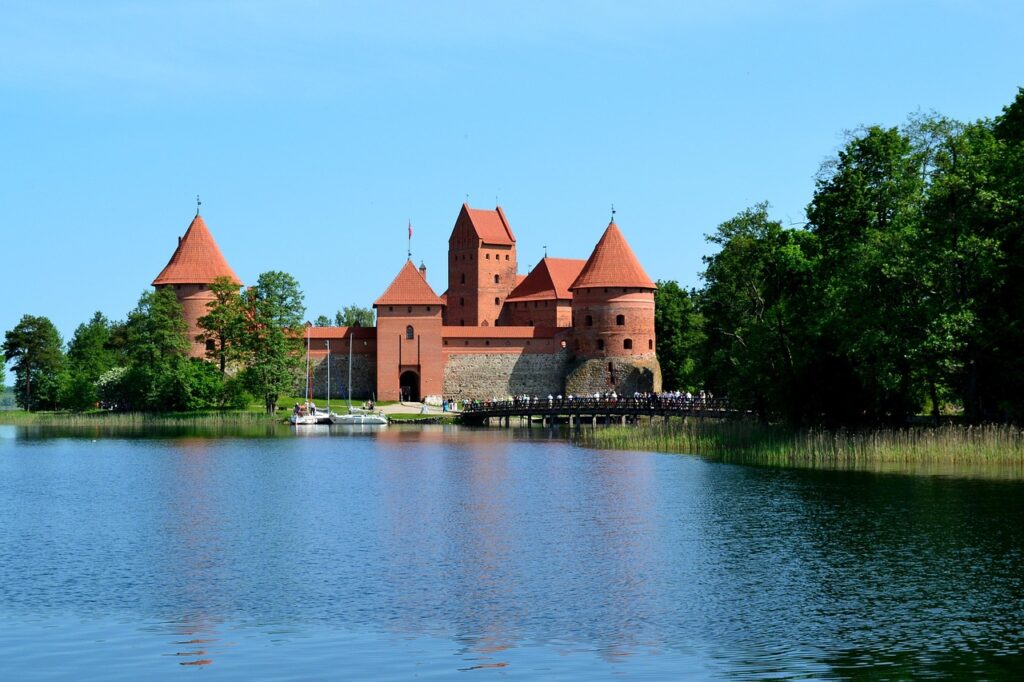
In the middle of Lake Galvė, Trakai rises in red brick like a storybook citadel reached today by bridges that once were boats. Built in the early 15th century for Lithuania’s grand dukes, it hosted envoys under stained glass in the Great Hall and stood unconquered through long, rough years. Later a prison, later a ruin, it returned in the 20th century as a museum. Arrive near sunset when walls and water trade warm light and the island grows quiet.
8. Örebro Castle, Sweden
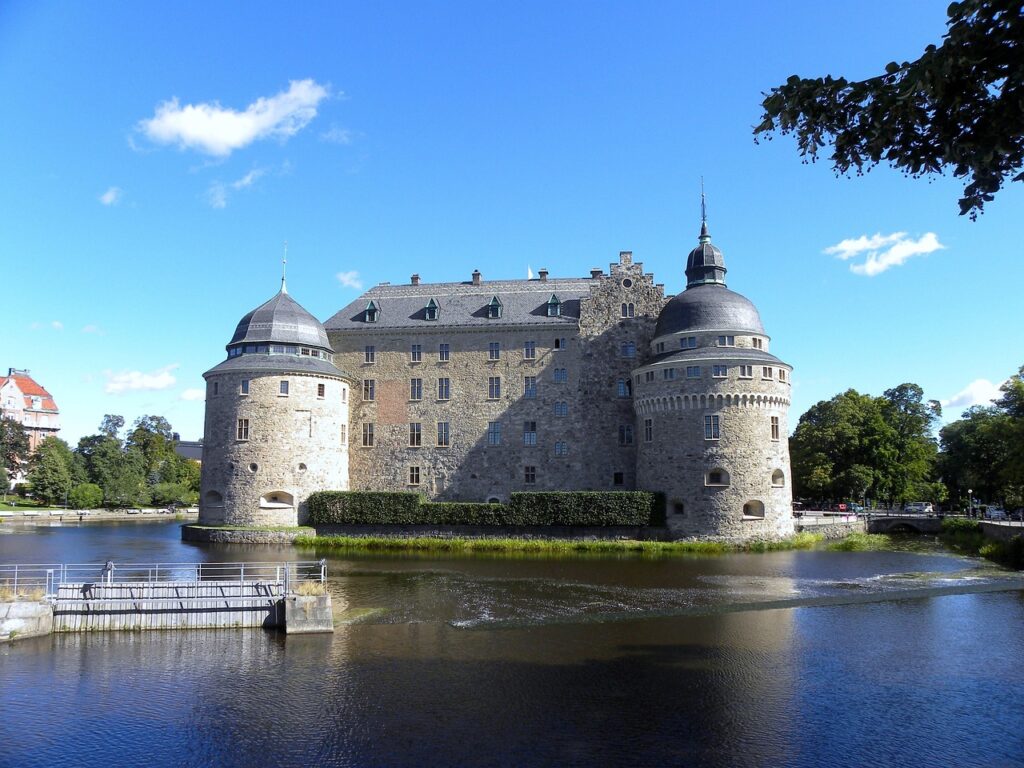
Set on an islet in the River Svartan, Örebro wears four round corner towers like a crown set low and strong. Begun in the mid 14th century, it withstood sieges, housed kings, jailed rebels, and held witch trials, which explains the ghost stories that drift its halls. Renovations layered Renaissance comfort onto medieval bones. Circle the moat on foot for reflections that ruffle and clear, then step inside to rooms that trade restraint and drama floor by floor.
9. Conwy Castle, Wales
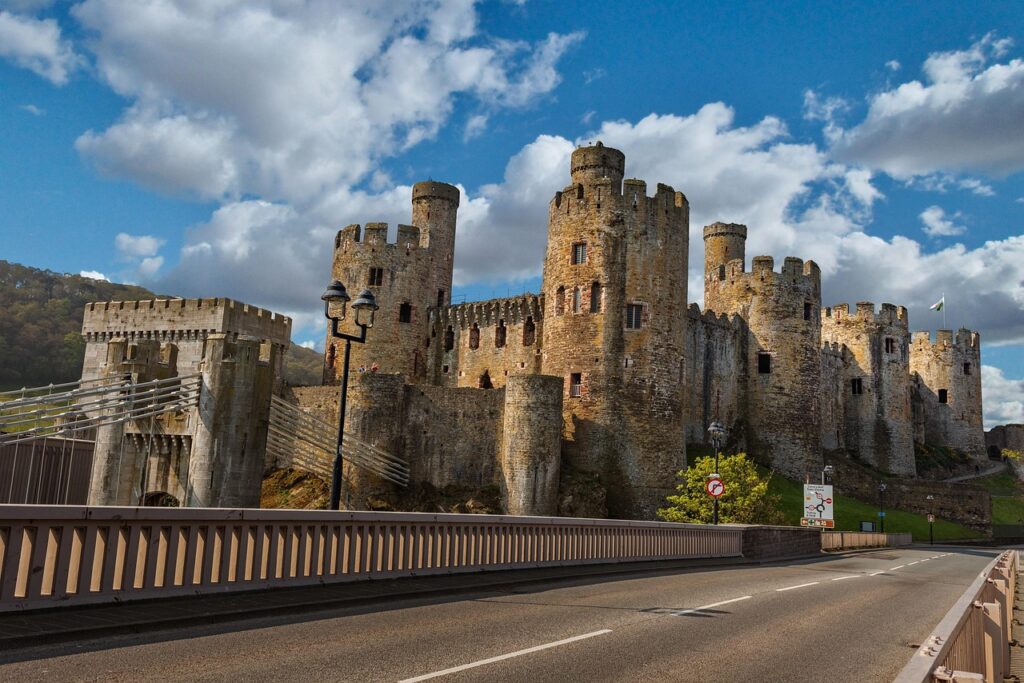
Edward I raised Conwy between 1283 and 1287, a ring of eight towers and lime washed walls meant to shine and dominate the coast. The harbor and town make a perfect picture from the battlements, with Snowdonia stacked blue behind slate roofs. Rebellions once trapped the king here with patience and supplies running thin. Today you walk the wall walk, feel sea wind through arrow slits, and read how show and strength worked together in clean, hard stone.
10. Guaita Castle, San Marino
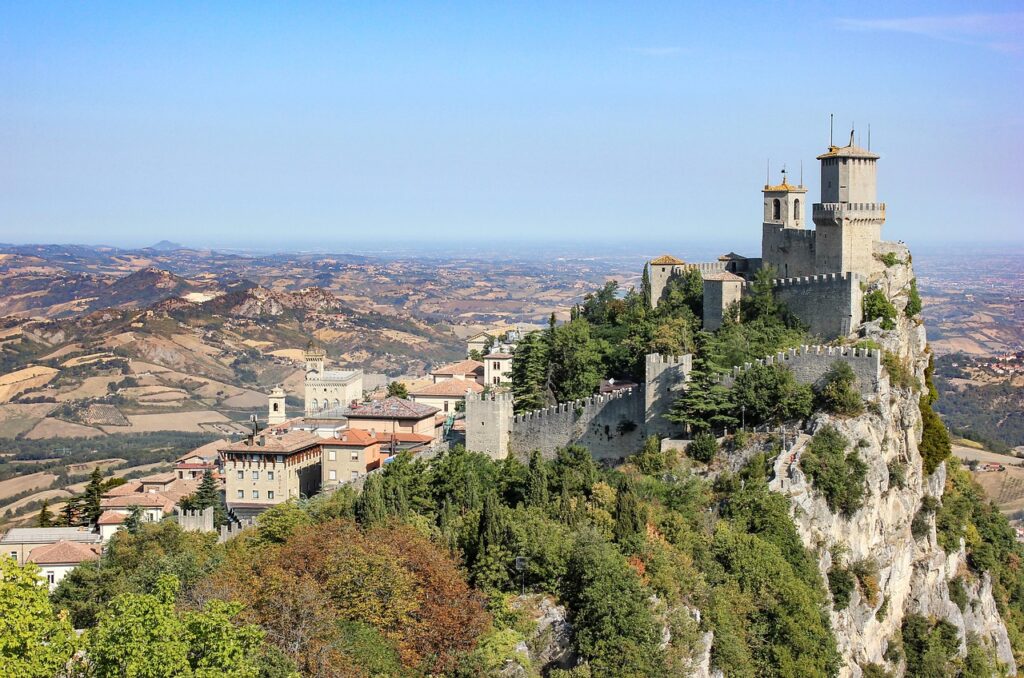
Perched on Mount Titano, Guaita is the First Tower of San Marino, a sentinel that dates to the 11th century and was rebuilt in the 1400s. Its ramparts link to two sister towers along knife edge ridges, a skyline that looks painted even in plain daylight above red roofs. The tiny republic held fast behind these walls as borders shifted and powers rose and fell. Climb the keep, read prisoner scratches, and watch the Apennines fade to haze in late light.
11. Kasbah of the Udayas, Morocco
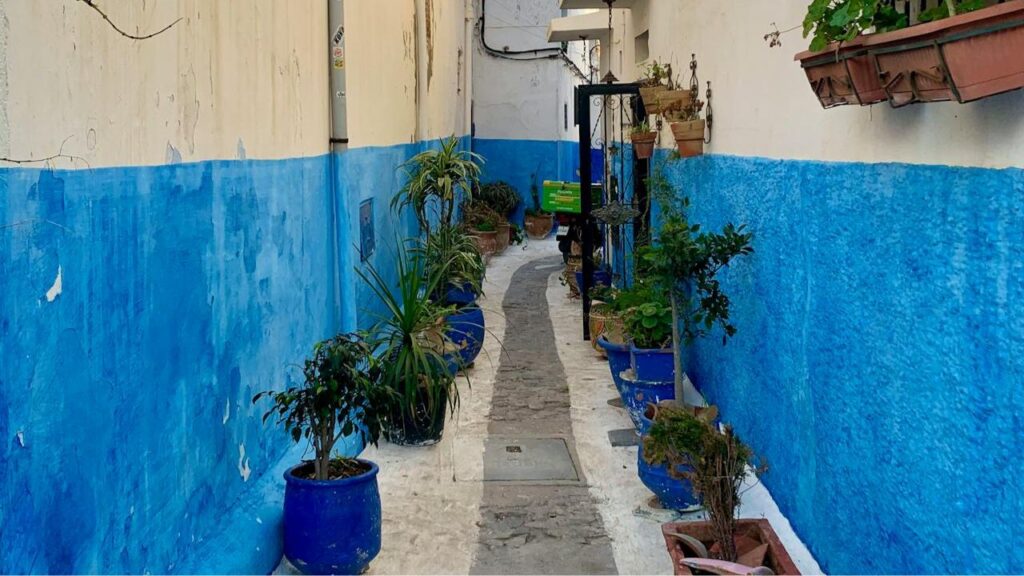
At the mouth of the Bou Regreg in Rabat, the Kasbah of the Udayas blends fortress, gate, and garden into a cliff top quarter. Founded in the 12th century, it guarded the river, later sheltered refugees from Spain, and briefly served as a pirate base. Pass through the carved gateway of Bab Oudaia into lanes washed blue and white, then pause in the Andalusian garden where orange blossoms sweeten the air. The Atlantic winks beyond the walls, steady and bright.
12. Malbork Castle, Poland
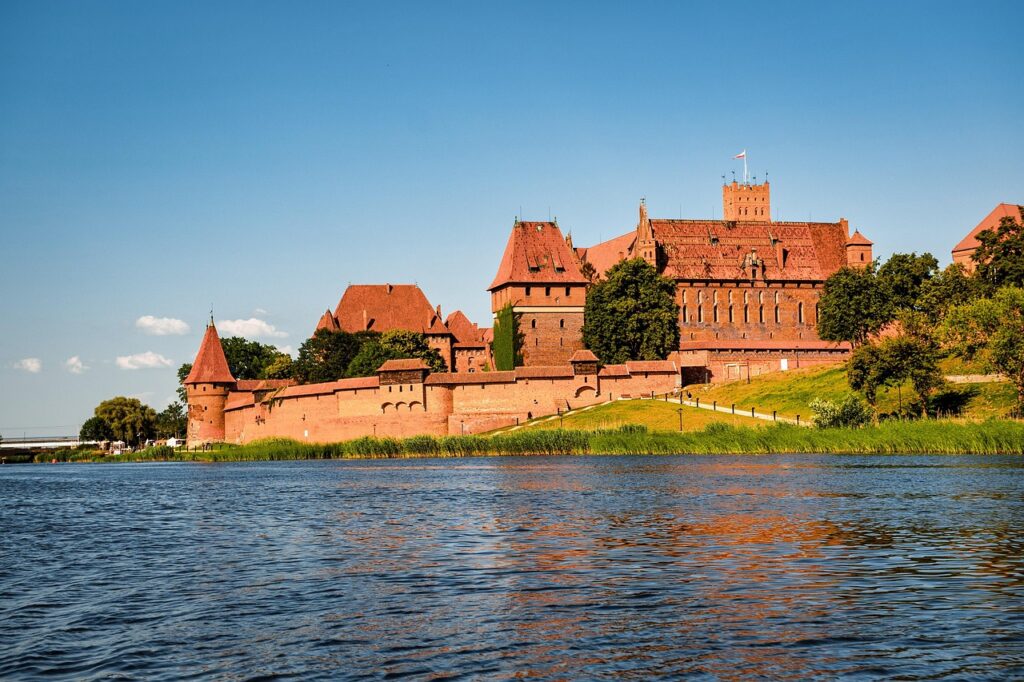
Built by the Teutonic Order in the 13th century, Malbork is the world’s largest brick castle, a red giant sprawled along the Nogat River. High, middle, and low wards unfold like chapters, from cloisters to refectories to the Grand Master’s chambers. War hit hard, yet careful restoration recovered tracery and glazed tiles that glow in soft light. Cross drawbridges, hear swallows in the courts, and feel the scale of a state that once ruled by monastic rule and blade.
13. Cité de Carcassonne, France
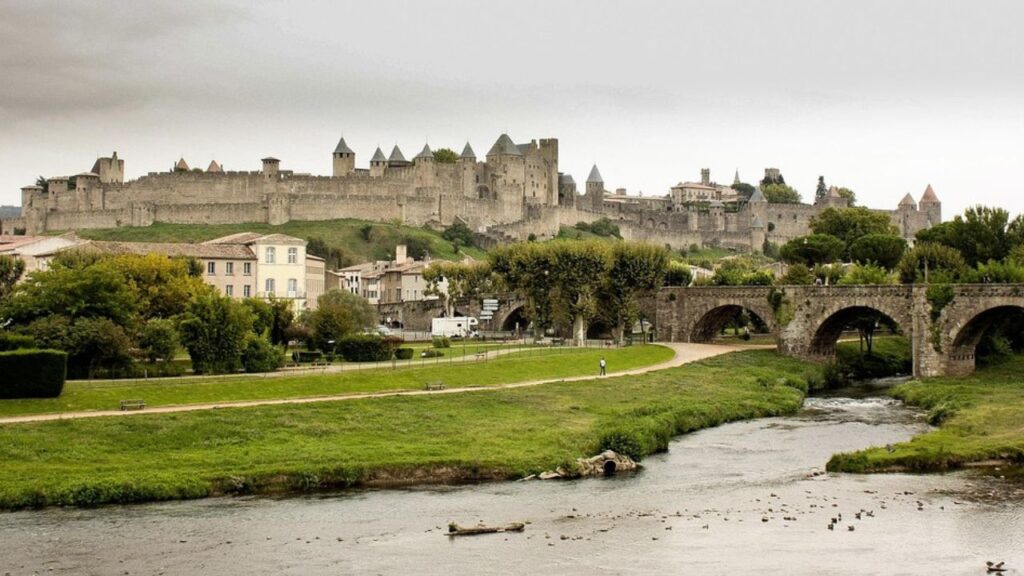
Carcassonne’s double walls and many towers turn a Languedoc hill into a nearly complete medieval city, later restored by Viollet le Duc. Walk the space between ramparts, climb a barbican, and trace Roman and Gothic lines that make the silhouette so clean. Beyond the gates, the lower town waits with markets and wine bars. Come late in the day when stone warms to honey, the wind lifts from the Aude, and the skyline reads like a crown set to glow.
Other Blog Posts You Might Enjoy
www.idyllicpursuit.com (Article Sourced Website)
#Breathtaking #Medieval #Castles #Standing #World #Idyllic #Pursuit
